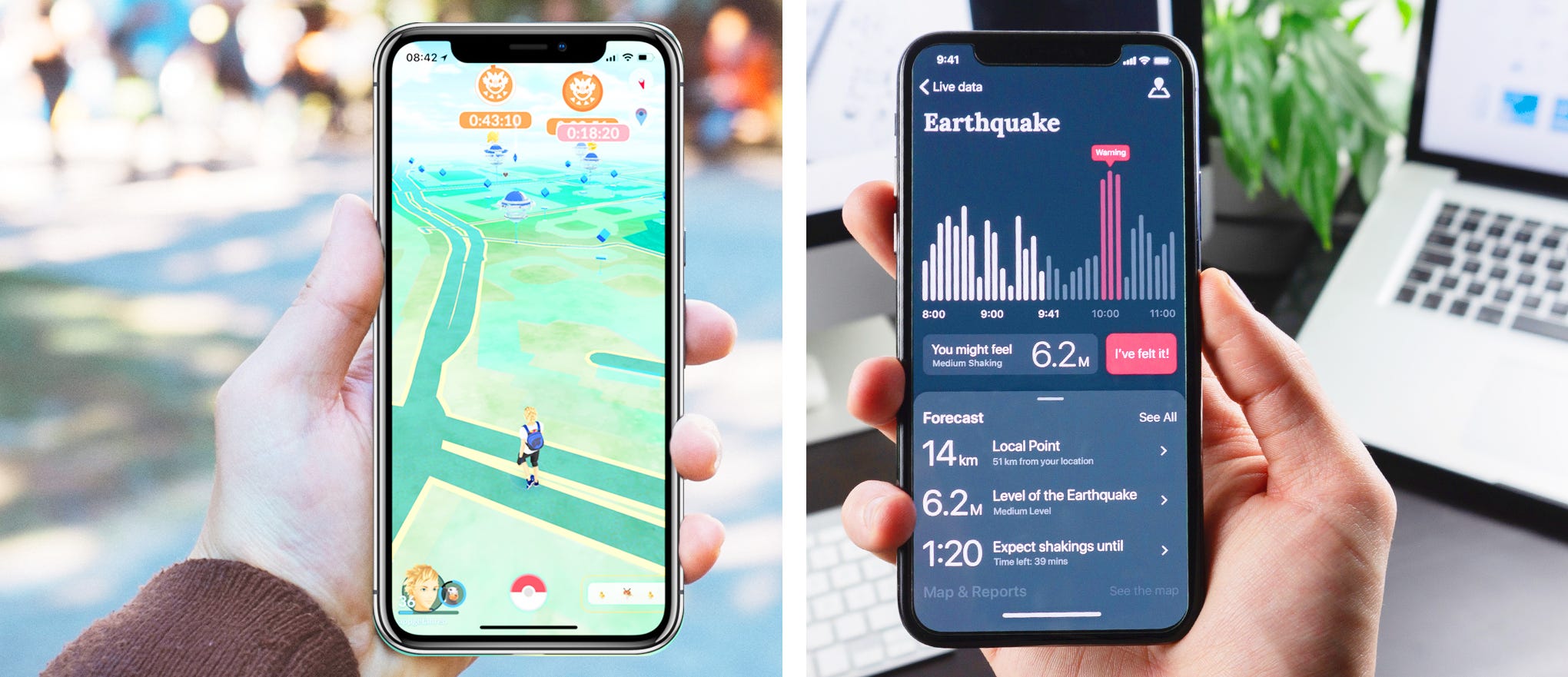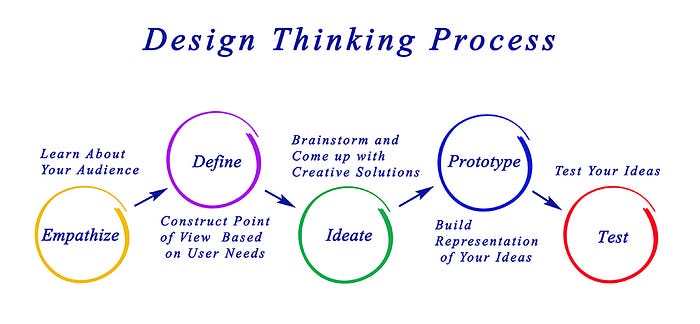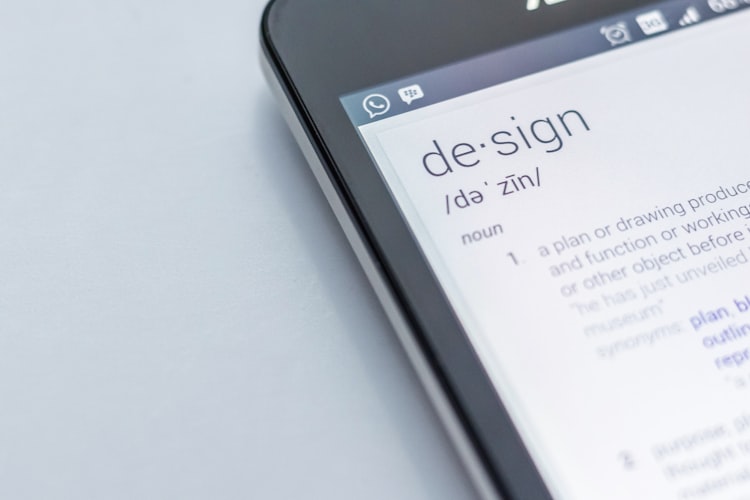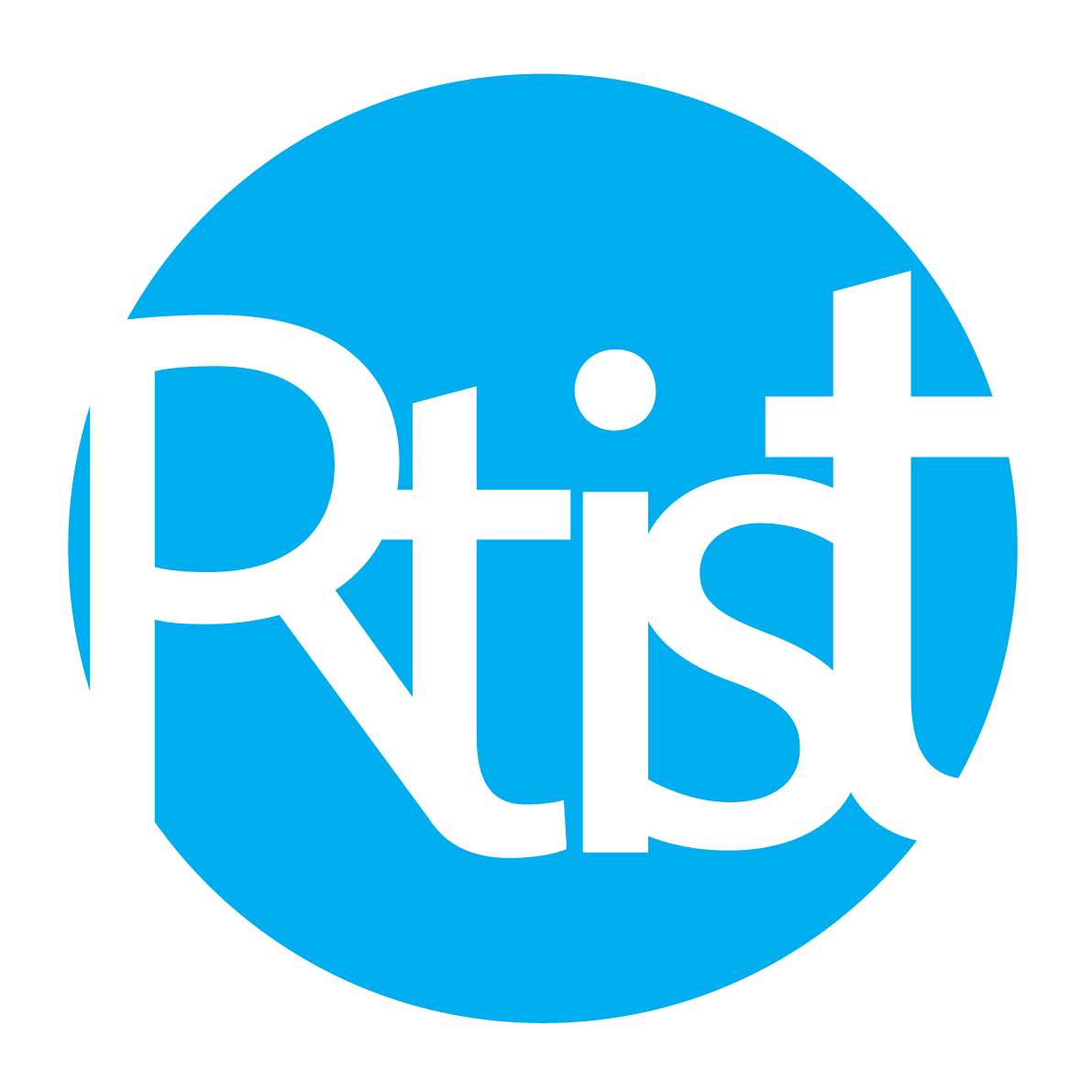Among the new design roles that have emerged are user experience (UX) designers and product designers. Even for those in the design industry, these new roles may not immediately be familiar to the uninitiated. These fields are closely related and have a lot in common, making it more difficult to distinguish between them. As such, even experienced professionals with many years in the industry often blur the lines between (UX) design and product design.
Image from: Unsplash
Today, we’re taking some time to navigate between these two roles of product design vs. UX design and identifying the specific roles and responsibilities for each. With this blog post, we aim to help non-design tech startup companies identify the right designers to hire for their needs.
Defining Product Design vs UX Design
“I am looking for a designer.” is one of the most common phrases used by companies in their search for someone who is able to handle the company’s design roles. There are also some companies that use both “UX designer” or “product designer” interchangeably. Most of the time, they’re not wrong, as the boundaries between design rules can be very fluid. Companies are usually looking for someone who is able to design icons, create A/B tested landing sites, build a logical UI interface and even do some very basic front-end development work. Companies, especially smaller ones, often treat this job description as a catch-all role, rather than be more specific in their needs.
However, while the job titles of a product designer and UX designer can be confused, the roles and the job responsibilities are very different. Because the boundaries between these two roles are blurred, the best way to define a role is to describe the expectations set on the designer in terms of the company’s process, and then assign a title that best represents the primary task of that person.
To put it in the most simplest of terms, the two roles can be defined as such:
- Product designers are involved in handling the overall function and working process of the product. They focus on both the users and the project management .
- UX designers are responsible for the function of the user interface and creating a user-friendly experience.
 Image from: Unsplash
Image from: Unsplash
Differences Between Product Design vs. UX Design
One of the most hotly debated topics is the differences between product design vs. UX design. There is still no clear consensus to differentiate these roles, as different companies have different interpretations of these two roles, with many even using the terms interchangeably. However, as the industry continues to mature, we’re getting a better understanding on how to distinguish the fine line between these two roles.
On the surface, the main difference between product design and UX design is that product designers act as the link between human users and the product, while UX designers focus on meeting the exact user needs. To understand this better, we need to dive in to see what makes these two roles so different from each other.
Image from: Unsplash
Product Design vs UX Design: Key Differences
A UX designer places the utmost priority on the overall user experience of the product above everything else. The end goal is to provide the users with a product or service that is streamlined for the best experience. To achieve this, UX designers often study how users engage with the product, and evaluate the user’s experience on factors such as ease of use, performance and customer fulfilment. prioritizes the overall user experience of a product above everything else.
On the other hand, a product designer holds a broader role in the overall product design; involving everything from the vision, planning, project roadmap, design, development, testing and improvement of the product. Some companies also encourage their product designers to have a more fluid collaboration within the various design roles in order to collectively own the user experience, user research, and visual design elements. Product designers also have to contend with the business side of things, having to balance the needs of the company and its stakeholders with that of the end user.
However, the fact is that up until the initial release of a product, UX designers and product designers have an almost identical role. Both UX designers and product designers follow the same design thinking process; Define, Discover, Ideate, Validate and Test. In this case, the main difference doesn’t involve WHAT they do as much as WHEN they do it.

Image from: UXDesign
UX designers spend most of their time developing products prior to launch. After the launch, UX designers typically move on to other projects, and only rarely revisit prior projects during the redesign phase. In contrast, product designers spend most of their time updating products that have already been launched. They continue to work on the product, continuing to evolve it over time and improving it with each subsequent release.
Now that you know about the key differences between a product designer vs a UX designer...
Who Should You Hire?
To make the final decision on who you should hire for your company, you should consider someone who is able to meet the needs of your project. However, we’ll take a look at some of the key points between a product designer vs a UX designer to help you make up your mind.
A product designer is indispensable if your project is focused on providing the highest possible quality from start to finish. Product designers will be responsible for not only the conception of your product, but also the entire development process including making key decisions during the design process, problem solving, as a key person for communication between various departments and the stakeholders among other solutions.
You should consider hiring a UX designer if your project focuses mainly on improving the user experience. For example, if you’re running an online store with many points of interaction, you will need the unwavering focus of a UX designer to provide you with solutions that are designed to reduce bounce rates, including abandoned carts and abandoned payments. If your user’s experience is your foremost concern, you won’t go wrong with hiring a UX designer.
Ultimately, if you feel that your product, whether it is an online service or an app, will constantly require improvements and changes, you should hire a product designer. For such projects, a high-quality design approach is essential. A product designer’s area of expertise and skills are broader and important at every step of the product development process.
Conclusion
In a nutshell, the roles of a product designer and a UX designer may fundamentally be similar, but are different in the execution and mindset. Another way you can look at it is that UX designers are focused on exploring a range of possibilities for the best user experience, while product designers deep dive into the evolution of the product over a period of time.
We hope that this article has helped you to understand the differences between a UX designer and a product designer. We hope that you’ll have the information you need to make a choice about your next hire.
If you’re looking for UX or Product Designer, why not check out Rtist? We have our Creative Talents who are able to work together with you. We have one of the biggest creative talent communities in Malaysia that has just the thing for you. We also have our Handpick Service, which helps you find the most suitable creative talent within 3 days!


